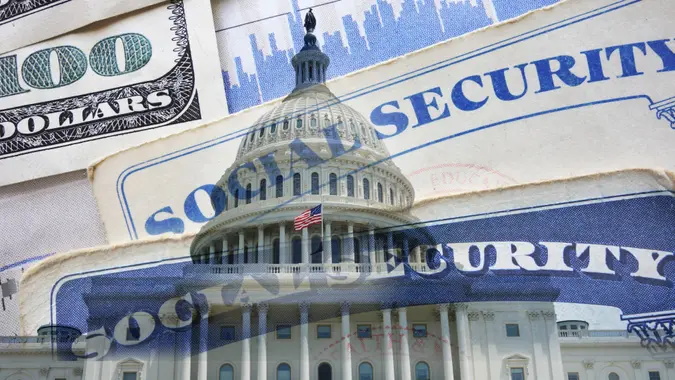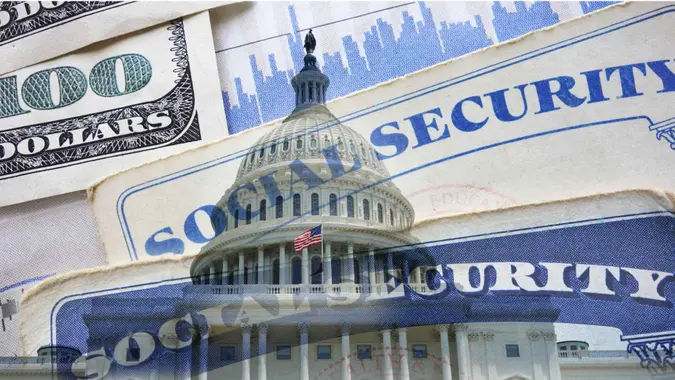Here’s What the Average Social Security Payment Will Be in Winter 2025

Commitment to Our Readers
GOBankingRates' editorial team is committed to bringing you unbiased reviews and information. We use data-driven methodologies to evaluate financial products and services - our reviews and ratings are not influenced by advertisers. You can read more about our editorial guidelines and our products and services review methodology.

20 Years
Helping You Live Richer

Reviewed
by Experts

Trusted by
Millions of Readers
With the exception of an early Supplemental Security Income (SSI) payment on Oct. 31 to compensate for a November weekend schedule, the Social Security Administration payments for the tenth month of the year.
That leaves just two checks for the remainder of 2025, one in the last month of fall and the other in the first month of winter, before recipients get a raise in the new year. Below is a look at what Social Security beneficiaries should expect this winter.
Also here is a major change that happened to Social Security.
The Average Payment Has Crawled Higher Each Season
According to SSA data from August, the average Social Security monthly payment for retired workers was $2,008.31 heading into the fall. The average among all beneficiaries is 1,864.87.
The following breakdown of SSA historical data shows only slight increases in average benefits for retired workers compared to the preceding seasons in 2025.
December’s Average Check Should Be $39.38 Higher Than January’s
In 2025, the average seasonal increase has been roughly 0.49%. Presuming that trend continues, the average retired worker should expect their current $2,008.31 check to jump to $2,018.15 in the winter of 2025. That means the average retiree’s final check of the year should be roughly $39.38 more than the first one they received in January.
However, retirees will get a more substantial raise in the first month of 2026 than the increase they’re likely to enjoy in December.
A Modest COLA Is Coming in 2026
On Oct. 24, the SSA announced its annual cost of living adjustment (COLA) for 2026 will be 2.8%. That’s better than the 2.5% raise that beneficiaries received in 2025, but less than the average COLA over the last decade, which was 3.1%.
If December’s average payment to retired workers is $2,018.15, as historical averages suggest, then the average post-COLA payment in January 2026 will be $2,074.66.
 Written by
Written by  Edited by
Edited by 

























